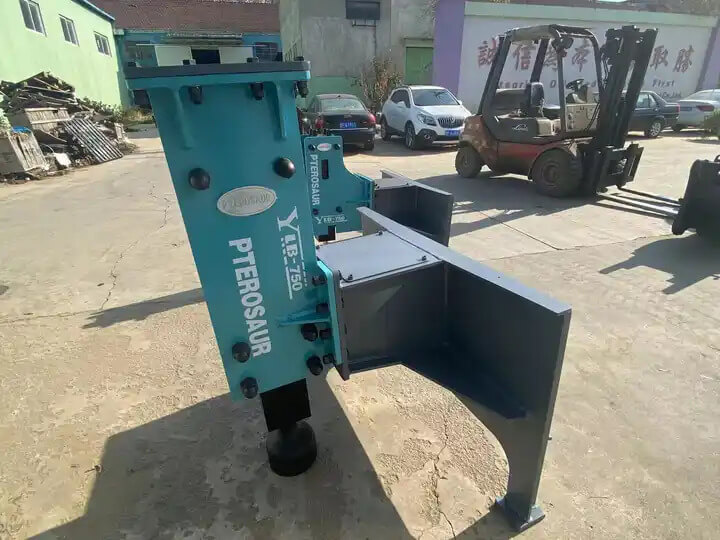The Essential Guide to Hydraulic Breaker Hammers for Excavators
Hydraulic breaker hammers, commonly referred to as hydraulic hammers or excavator jack hammers, play a crucial role in the construction and demolition industries. These powerful tools are designed to break up concrete, asphalt, and rock, making them invaluable for various projects. This article explores the features, applications, and considerations for selecting and using hydraulic breaker hammers effectively.
Understanding Hydraulic Breaker Hammers
Hydraulic breaker hammers utilize high-pressure hydraulic systems to generate impactful force, allowing them to easily shatter hard materials. They are attached to excavators, turning these machines into powerful demolition tools. The versatility of hydraulic hammers makes them suitable for a wide range of applications, including:
- Breaking up concrete and asphalt for road construction or repair.
- Demolishing buildings and structures.
- Excavating foundations or trenches where hard rock is present.
- Mining operations for breaking ore and other materials.
Types of Hydraulic Breakers
Hydraulic breakers come in various models tailored to specific excavator sizes and operational needs. Some popular models include:
- BOBCAT HB980: Known for its efficiency in medium-scale projects.
- Indeco North America’s Delta Hydraulic Breaker: Offers advanced technology for enhanced performance.
- Soosan Series Breakers: Designed for durability and longevity, suitable for heavy-duty applications.
Key Features to Look For
When selecting a hydraulic breaker hammer, consider the following features to ensure optimal performance:
- Operating Weight: The weight of the breaker should match the excavator’s capacity for safe and effective operation.
- Impact Energy: Choose a model with sufficient impact energy to handle the specific materials you will be working with.
- Hydraulic Flow Rate: Ensure that the hydraulic flow requirements of the breaker match your excavator’s specifications.
- Durability: Look for breakers constructed from high-quality materials to withstand rigorous use over time.
Installation and Usage
Installing a hydraulic breaker on an excavator is a straightforward process, but it requires attention to detail to ensure safety and functionality. Here are some tips for installation and usage:
- Follow Manufacturer Guidelines: Always adhere to the specifications provided by the manufacturer for installation and operation.
- Regular Maintenance: Conduct routine inspections and maintenance to prevent malfunctions. Check hydraulic fluid levels and ensure that all connections are secure.
- Optimal Hydraulic Pressure: Ensure that the hydraulic pressure is set to the optimal level for the breaker to function effectively. Improper pressure can damage both the breaker and the excavator.
Common Issues and Solutions
Hydraulic breaker hammers can occasionally experience malfunctions. Here are some common issues and their remedies:
- Insufficient Power: If the breaker is not delivering enough power, check the hydraulic pressure and flow rates. Adjust as necessary to meet the manufacturer’s specifications.
- Overheating: If the breaker overheats, it may be due to excessive use or poor lubrication. Allow it to cool down and ensure it is adequately lubricated.
- Connection Leaks: Inspect hydraulic connections for leaks regularly. Tighten fittings or replace damaged hoses as needed.
Conclusion
Hydraulic breaker hammers are essential tools for any construction or demolition project, providing the power and precision needed to tackle tough materials. By understanding the different types available, their key features, and how to use and maintain them effectively, operators can maximize productivity and ensure safety on the job site. Whether you’re considering purchasing a new hydraulic breaker or looking for a used model, there’s a wide range of options available to meet your needs.




































